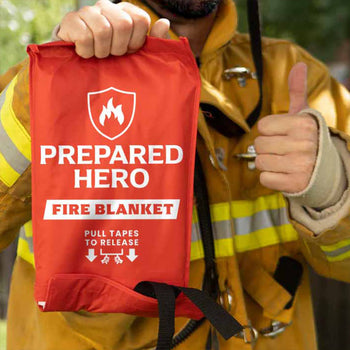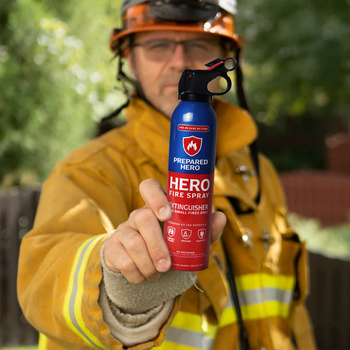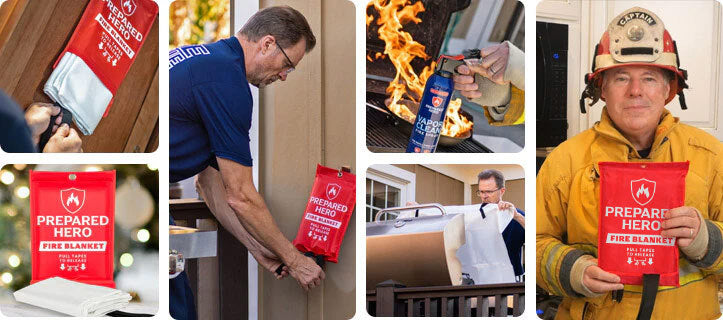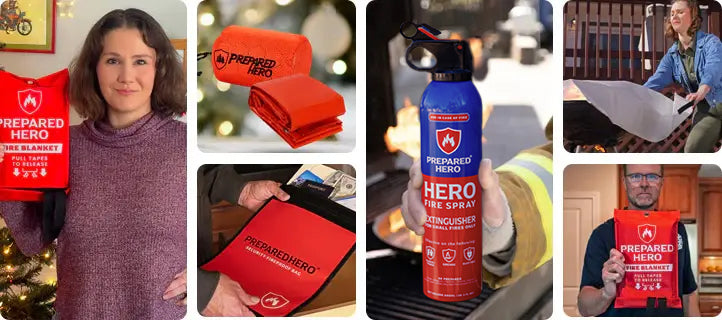Where you put your smoke detectors matters just as much as installing them. Proper placement makes sure they can detect...
Class D fires are extremely dangerous because they can react differently from what you expect. Unlike regular fires, they often occur in industrial settings where things can quickly ignite and burn at extremely high temperatures. But what exactly are Class D fires? Why are they dangerous? How can you prevent them from occurring?
In this guide, we'll break down everything you need to know about Class D fires: What causes them, where they usually happen, how to put them out, and how to prevent them.
What Are Class D Fires?

Class D fires involve combustible metals like aluminum, lithium, magnesium, sodium, and potassium. This type of fire doesn’t act like the typical fires you might encounter with paper or grease. Also called metal fires, they don’t just burn. They can also explode, burn at higher temperatures as time passes by, and react violently with water or air.
So, how do Class D fires start? They usually occur when metal shavings, metal dust, or molten metal come into contact with heat sources, sparks, or open flames. For instance, processes in factories can create sparks that ignite metal shavings. When combustible metals like lithium and titanium are involved, things can escalate quickly.
Class D fires typically occur in industrial settings where metals are processed or stored. These include factories, foundries, recycling centers, and welding shops. While it’s less common for Class D fires to occur than other fire types, anyone working in these industries has to know the risks.
The impacts of Class D fires can be severe. For one, they can cause serious burns, respiratory complications, and permanent injuries. Class D fires can also cause financial burdens. Think about the property damage, loss of production time, lawsuits, and expensive rebuilding costs. If a business has to shut down because of a Class D fire, the financial impact can be devastating. Insurance may cover some costs, but the remaining expenses might bankrupt the company.
Class D fires also put emotional tolls on those involved. Employees may feel anxious or scared after experiencing a Class D fire. The trauma a fire leaves isn’t just physical; it can affect people’s mental health as well.
Common Causes of Class D Fires

Knowing what causes Class D fires lets you use the right tools and strategies to put it out. Remember, using the wrong extinguishing method can make things worse. Here are the common causes of Class D fires:
Lithium
Lithium, especially in battery form, can ignite and start intense fires if damaged or exposed to heat. The fire can also produce toxic fumes and is more difficult to extinguish than regular fires.
Magnesium
Magnesium is highly flammable, especially in its powdered form. It quickly ignites when exposed to heat, sparks, or flames. Fires involving magnesium can burn intensely and react with other materials in the affected area.
Aluminum
While aluminum is generally less reactive, fine aluminum powder or shavings can ignite and burn fast. The fire will be more severe if it reacts with other combustible materials nearby.
Titanium
Titanium can burn in powdered form or when in contact with certain oxidizers. While less likely to catch fire than magnesium, it’s still dangerous.
Sodium
Sodium reacts violently with water and can ignite when in contact with it. Spills, leaks, and improper storage can result in Class D fires. Sodium fires also produce toxic fumes, which can irritate the skin and cause respiratory issues.
Potassium
Like sodium, potassium is extremely reactive to water. It can ignite spontaneously, with small amounts of moisture starting a Class D fire.
Zinc
Zinc powder can ignite and burn if dispersed in the air and comes into contact with heat. It also reacts with oxygen. Zinc is often involved in welding and manufacturing, where a lot of heat is present, so workers must be careful.
Beryllium
While not as common as the metals on this list, beryllium can cause a Class D fire when processed. It’s also toxic, so it should be handled carefully.
Where Do Class D Fires Occur?

Class D fires start in places where metals are processed or handled. Here are the most common locations where Class D fires occur:
Manufacturing Plants
Manufacturing plants, especially those that make electronics and vehicles, involve combustible metals. These include lithium, magnesium, aluminum, and titanium. The processes in these plants can create sparks and metal dust, which can ignite quickly.
Foundries
Metals are melted and cast in foundries. The extremely high temperatures in foundries can lead to accidental fires, especially with reactive metals like magnesium and sodium. The processes involved, like cutting, grinding, and welding, can create sparks and heat, making them potential spots for Class D fires.
Welding Shops
Welding shops produce sparks and heat, which can ignite metal dust or shavings nearby. Since metals like aluminum and magnesium are commonly used in welding, welding shops are prone to Class D fires.
Recycling Facilities
Different kinds of metals are sorted and processed in recycling plants. Most of these metals can catch fire easily. Plus, the metal dust and heat from machines can lead to dangerous Class D fires if not handled properly.
Laboratories
Some laboratories use reactive metals for experiments or product testing. These metals can ignite and spread quickly when combined with oxygen and other chemicals.
How to Put Out Class D Fires

A quick and effective response to a metal fire could be the difference between life and death. It also helps minimize damages to properties and prevents financial burdens. Here’s how to put out a Class D fire:
Don’t Panic
Stay calm. Panicking leads to confusion and poor judgment, so take a deep breath and assess the situation. Is the fire small enough for you to extinguish it? Is it burning intensely and spreading quickly? If the fire is small, do the next steps. Otherwise, evacuate the building and call the fire department.
Determine the Metal Involved
Knowing the type of metal you’re dealing with helps you choose the right response. For instance, if the fire involves magnesium, it will burn intensely and can reignite easily. On the other hand, fires involving sodium can react violently with water.
Use the Right Tools
You can use a fire blanket or fire spray on metal fires. However, you can only use them if the Class D fire is small. Carefully cover the fire with a fire blanket to remove oxygen, or aim the fire spray’s nozzle at the base of the fire and sweep from side to side.
Class D fire extinguishers containing dry powder agents can also put out metal fires. Stand at a safe distance (about 8 to 10 feet) from the fire and use the PASS fire extinguisher protocol (Pull, Aim, Squeeze, Sweep).
Do Not Use Water
Don’t use water on a Class D fire. Many metals react with water, so using water can do more harm than good. For instance, pouring water on sodium might make it explode.
Monitor for Reignition
Keep an eye on the affected area even if the fire is out. Class D fires can reignite, especially those involving reactive metals. Stay alert and be prepared to use a fire blanket, fire spray, or fire extinguisher if you see any signs of reignition.
Clear the Area
If you feel unsafe, the fire spreads quickly, or you don’t have the right tools, evacuate immediately. Close doors and windows behind you if it’s safe to do so. Don’t try to grab your belongings because you’re more important than them. Call the fire department once you’re safe and give them the necessary details, like your location and the nature of the fire.
How to Prevent Class D Fires
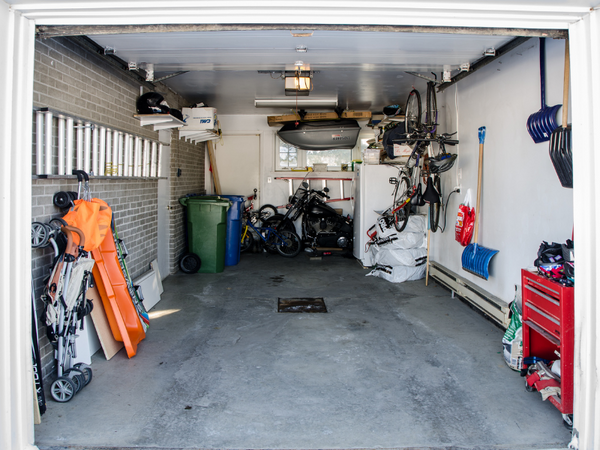
Class D fires are tricky because they involve metals that react violently with water or oxygen. From avoiding clutter to creating a fire safety plan, this guide got you. Here’s how to prevent Class D fires:
Keep Spaces Clean and Organized
Regularly clean up metal shavings, dust, and debris. For example, if you’re working with magnesium, sweep up fine particles immediately because they can quickly ignite. Check for metal dust buildup as well, especially in machines. Small amounts of metal dust can be dangerous, especially if you’re working with reactive metals.
Store Metals Properly
Store metals in their designated containers away from moisture and heat sources. For instance, you should store sodium in non-reactive, airtight containers away from water and sunlight. You should also keep it in a cool, dry, well-ventilated area.
You should also clearly label the containers and storage areas. Put warning signs as well to make sure that everyone knows not to light a match or smoke near the metals.
Dispose Metals Properly
Throw metal scraps and dust properly. Use proper containers for disposal to prevent accidents. For instance, aluminum shavings should be thrown in metal containers instead of plastic, which could melt or catch fire.
Install Fire Prevention Tools
Install smoke detectors in high-risk areas. Make sure you have fire blankets, fire sprays, and fire extinguishers in areas where combustible materials are stored and used.
Create an Emergency Response Plan
Make a fire safety plan specific to Class D fires. Include the steps workers need to take when a fire starts, how to evacuate, and a list of emergency contacts. Make sure everyone’s familiar with the plan, and conduct fire drills at work so employees can practice.
Conclusion
Understanding Class D fires is crucial for those who work with combustible metals. Knowing what causes these fires, where they usually occur, and how to put them out can save lives and prevent financial ruin.
Proper storage, regular cleaning, making a fire safety plan, and having the right tools also keep these fire hazards at bay. Being prepared is a must, especially with unpredictable metal fires. Check out Prepared Hero’s fire safety tools here, and get up to 51% off on certain items. Stay safe, hero!


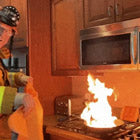 Fire
Fire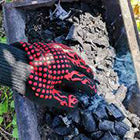 Safety
Safety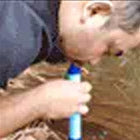 Survival
Survival Protection
Protection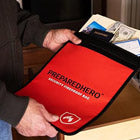 New
New
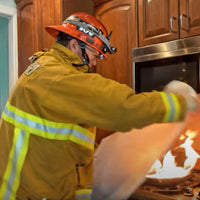 Fire
Fire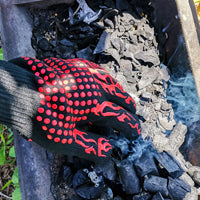 Safety
Safety Survival
Survival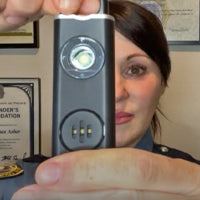 Protection
Protection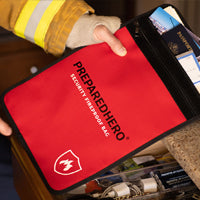 New
New
